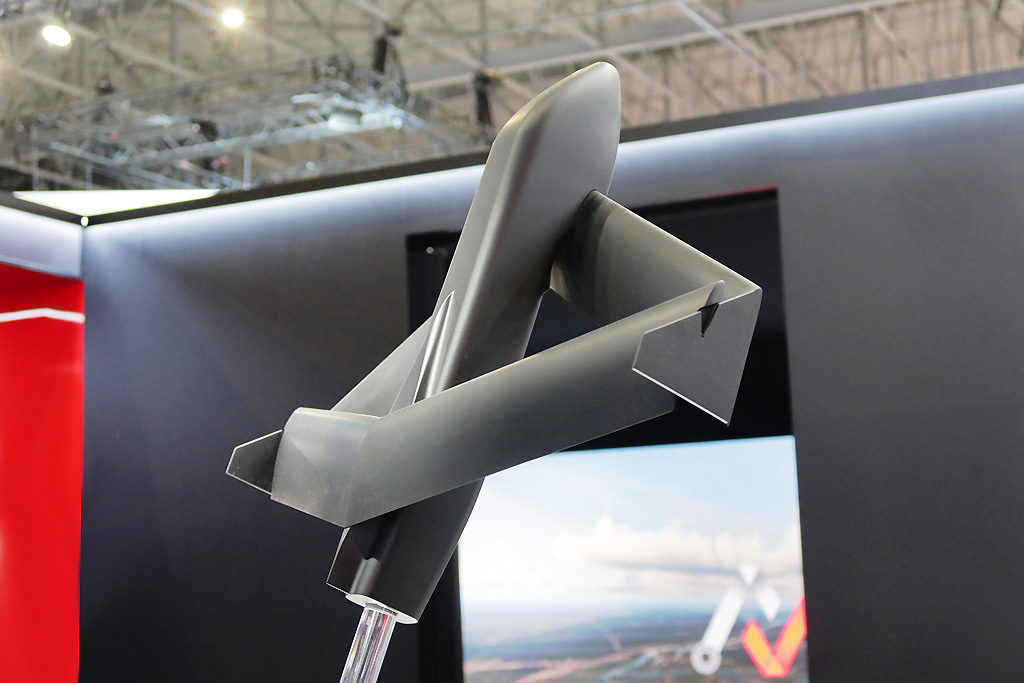Centauri Technologies Advances Counter-Drone Capabilities with TriAD System
Overview of the TriAD System Trials
On November 25, 2025, Centauri Technologies, a military engineering firm based in Pretoria, announced the successful completion of integrated trials for its TriAD counter-unmanned aerial system (C-UAS). This advanced system was tested in a vehicle-mounted format, confirming its multi-layered capability to combat hostile drones effectively.
Xander Louw, the Chief Product Officer at Centauri, stated, “Our recent evaluations validated the TriAD system, which integrates radar, radio frequency (RF), and electro-optical sensors coupled with artificial intelligence for real-time detection, prioritization, and neutralization of aerial threats using various hard-kill mechanisms.”
Public Debut and System Refinement
The TriAD system was first unveiled at the IDEX2025 international defense exhibition held in Abu Dhabi in February 2025. Since that time, Centauri has enhanced its functionalities, leading to a series of controlled proof-of-concept trials aimed at showcasing the system’s end-to-end capabilities—ranging from detection and tracking to identification and neutralization of small unmanned aerial vehicles (UAVs).
Louw emphasized the system’s design: “These trials were focused on demonstrating how a single integrated solution can offer layered defensive strategies for convoys, military bases, and high-value assets.”
Integration and Sensor Fusion
The trials combined established sensors with Centauri’s proprietary Remotely Operated Weapon Stations (ROWS) and a comprehensive Command and Control (C2) architecture. This integration illustrated how a unified vehicle-mounted solution can deliver effective layered protection.
Key features include:
- Modular Sensor Compatibility: TriAD is built as a sensor-agnostic platform, allowing for the incorporation of a variety of detection and tracking technologies.
- Remotely Operated Weapon Stations: The system features various ROWS, including:
- CRx-7 (7.62 mm Light Machine Gun)
- CRx-30 (30×113 mm Cannon)
- CRx-40 (40 mm Grenade Launcher)
This setup provides a tiered kinetic response to various threat levels.
Enhanced Threat Detection and Engagement
The trials demonstrated that synchronization of 360° radar data with RF signals and electro-optical/infrared (EO/IR) imagery led to a significant reduction in false positives. This advancement enables quicker identification of threats and more confident decision-making for engagements.
Significantly, the TriAD’s decision-support algorithm allows for the ranking of multiple simultaneous threats, producing an engagement hierarchy that aligns closely with operator assessments. Louw elaborated, “The C2 system amalgamates radar, RF, and optical data into a unified tactical display, which feeds AI-driven classifiers for threat prioritization and optimal weapon selection.”
Operational Flexibility and User Interface
In instances of detecting low-threat reconnaissance drones, operators can engage using RF jamming or the CRx-7 LMG. For more formidable UAVs, they may opt for the longer-range CRx-30 cannon or the CRx-40 grenade launcher with airburst capabilities.
The TriAD features an intuitive Human-Machine Interface (HMI) that facilitates rapid transitions between sensor inputs and provides streamlined selection of recommended weapons or manual adjustments.
Exportability and Future Development
Centauri’s design emphasizes modularity and adaptability for export. “TriAD can be customized with different sensor and effector combinations based on client specifications,” Louw noted. Some clients may desire a detection-heavy setup with soft-kill capabilities, while others may require a robust hard-kill system for high-threat environments.
The system’s architecture supports deployment on various platforms, including armored vehicles, naval crafts, and static installations around sensitive sites. Its compact design allows integration with lighter vehicles, enhancing interoperability with coalition forces.
Looking Ahead
Louw highlighted a broader industry trend towards layered, networked C-UAS strategies that integrate sensors, both soft-kill and hard-kill solutions, under cohesive decision frameworks. The integrated design of TriAD significantly reduces deployment times compared to the assembly of disparate systems from multiple vendors.
“Next, we will conduct acceptance testing and qualification,” Louw stated. Plans include expanding the trial parameters to incorporate electronic warfare (EW) resilience testing, GNSS denial scenarios, and longer-range operations with vehicle convoys.
For defense professionals, the TriAD represents a significant leap in C-UAS technology, emphasizing integrated solutions that enhance defensive capabilities in an increasingly contested aerial landscape.





